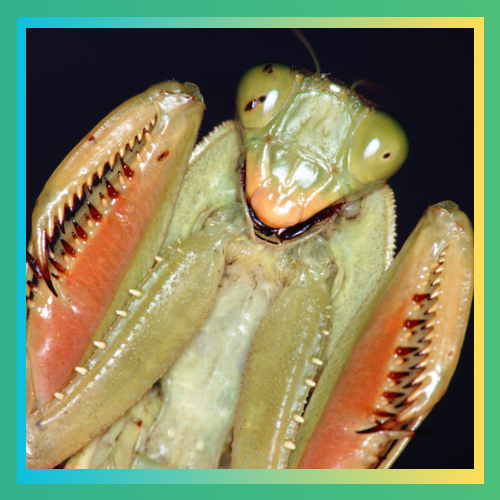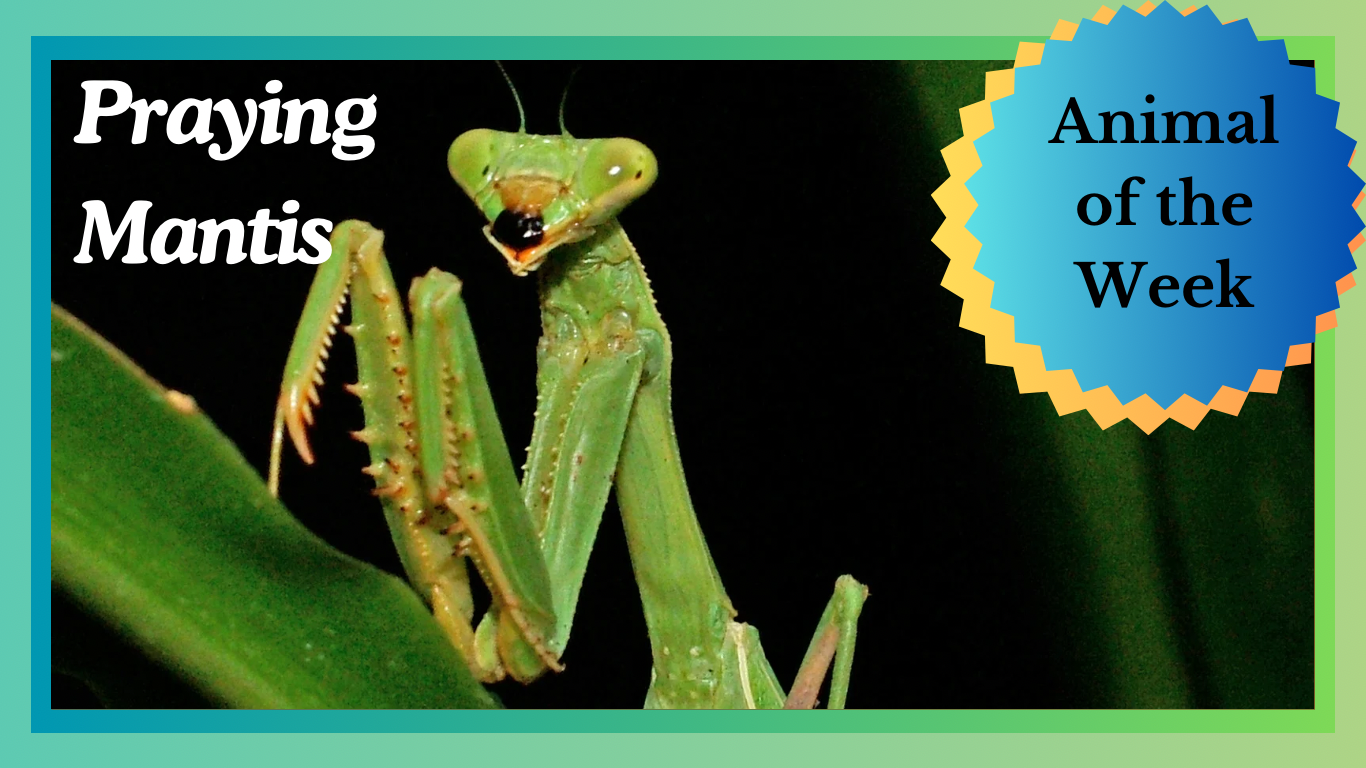The praying mantis is an insect found in almost all parts of the world, with over 2,400 species. It is known for its appearance and hunting skills. Belonging to the Mantode order these creatures stand out with their praying posture folding their legs as if in a prayer. This particular stance is one of the fascinating traits they possess.
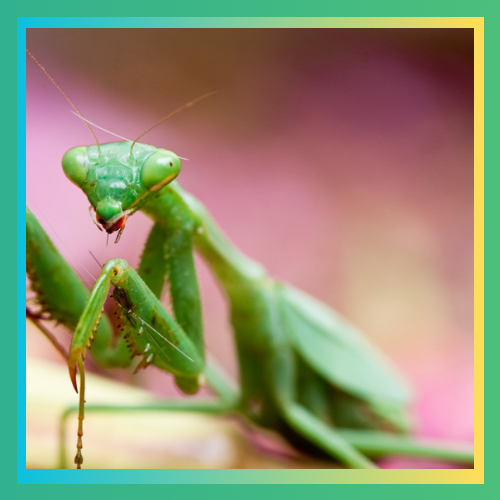
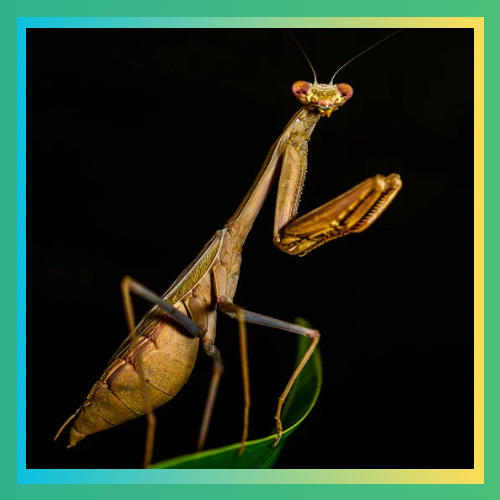
Praying mantises can be easily identified by their bodies with triangular heads and big compound eyes that stand out distinctly from other insects. They have the ability to rotate their heads up to 180 degrees which allows them to have a field of vision—a feature not commonly seen in insects—that aids them in detecting both prey and predators efficiently.
The front limbs of the praying mantises are specially designed for capturing prey with the assistance of spines that aid in gripping and securing their target effectively when necessary. These limbs are typically tucked under the insects head which contributes to the appearance associated with praying mantises.
Praying mantises hunt using camouflage to blend seamlessly into their environment and evade detection by both prey and predators alike due to their varying shades of green, brown, and even pink that help them blend in with the surrounding foliage.
Upon spotting its prey nearby the mantises make a strike with agility. The forelegs extend swiftly to catch hold of the prey firmly as the mantises commence their meal. Their nourishment primarily comprises insects such as flies, crickets and grasshoppers. Larger species possess the ability to seize small vertebrates like lizards and birds.
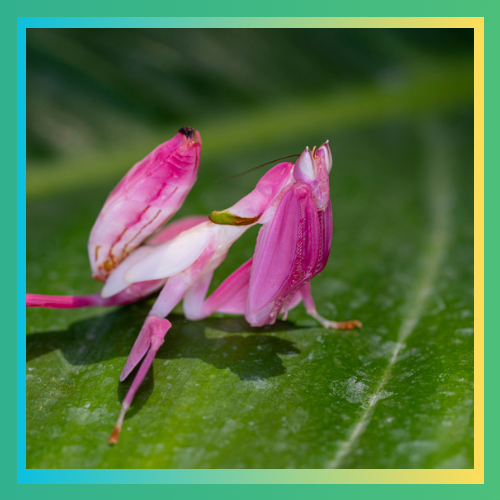
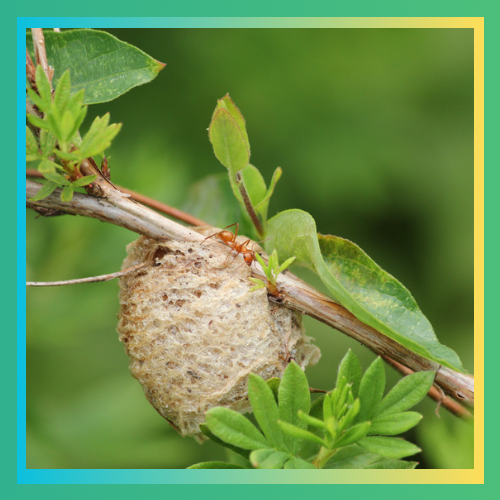
Life and Reproduction
Praying mantises mating habits are fascinating yet brutal, in nature female mantises are infamous for their tendency towards sexual cannibalism. A phenomenon where they consume the male during or after copulation to potentially boost their own reproductive success through added nutrition.
After the insect mates with a counterpart and reproduces eggs in a frothy material that solidifies into a protective casing known as an ootheca housing up to 300 eggs that eventually hatch into nymphal forms after a few weeks time resembling small versions of adult insects but without wings or reproductive systems in place; these nymphal forms undergo multiple molts throughout their growth process before reaching full maturity.
Interesting Special Attributes
Some types of praying mantises have developed the ability to resemble flowers or leaves as a form of mimicry and camouflage aiding them in surprising their prey and escaping from predators.

The praying mantises exceptional vision enables them to detect motion in all directions thanks, to their ability to rotate their heads for a field of view.
Fossil evidence indicates that mantises have been around, for millions of years with changes over time – a testament, to their adaptation techniques.
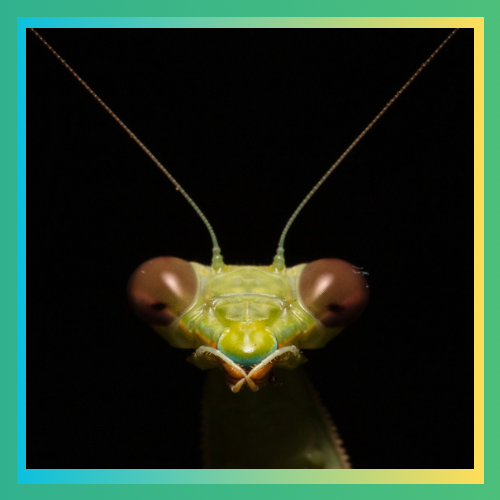
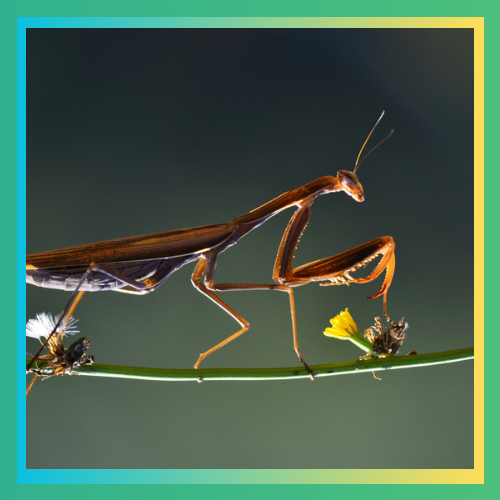
In societies, around the world the praying mantis is often interpreted as a representation of patience and tranquility. Their composed nature and purposeful actions have sparked an array of legends and tales.
Engaging with People
Praying mantises are commonly seen as beneficial bugs in gardens and farms since they assist in managing pest populations without the use of chemicals like pesticides—thus playing a significant role in organic farming practices and natural pest control methods.
Praying mantises are truly captivating creatures that must be treated with caution due, to their predatory nature when handling them. Witness their behaviors in their environment gain a deeper understanding of their vital role, in the ecosystem.

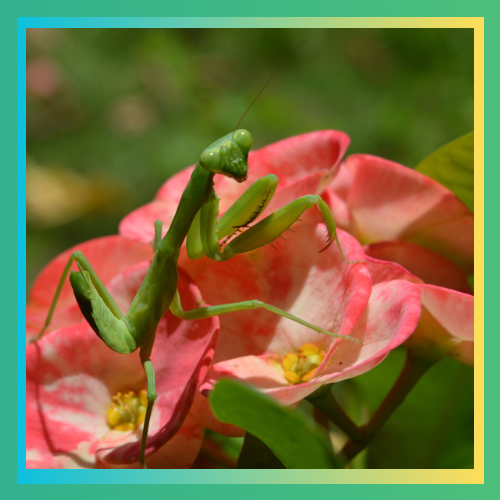
In summary
The praying mantises with their look and hunting abilities never fail to fascinate and capture our attention. Whether we appreciate their patience or dread their predatory nature or explore their behaviors; these creatures are a topic of endless fascination, for both researchers and nature lovers alike.
References
1. The Praying Mantids. https://resjournals.onlinelibrary.wiley.com/doi/full/10.1046/j.1365-3113.2001.01392
2. Mantids of the Euro-Mediterranean Area. https://www.biodiversityassociation.org/wp-content/uploads/2016/05/mantidi.pdf
